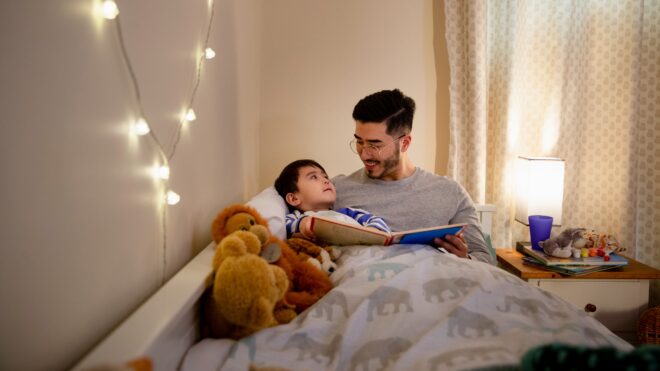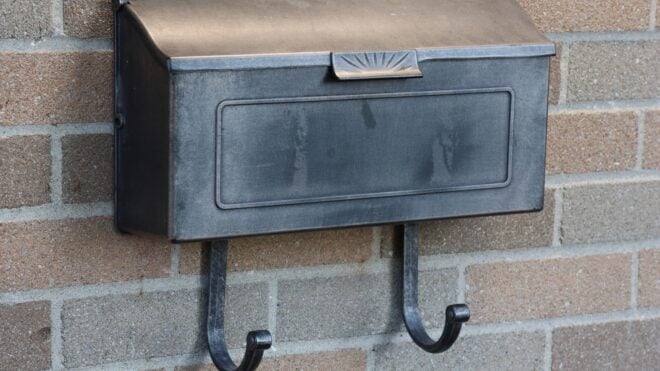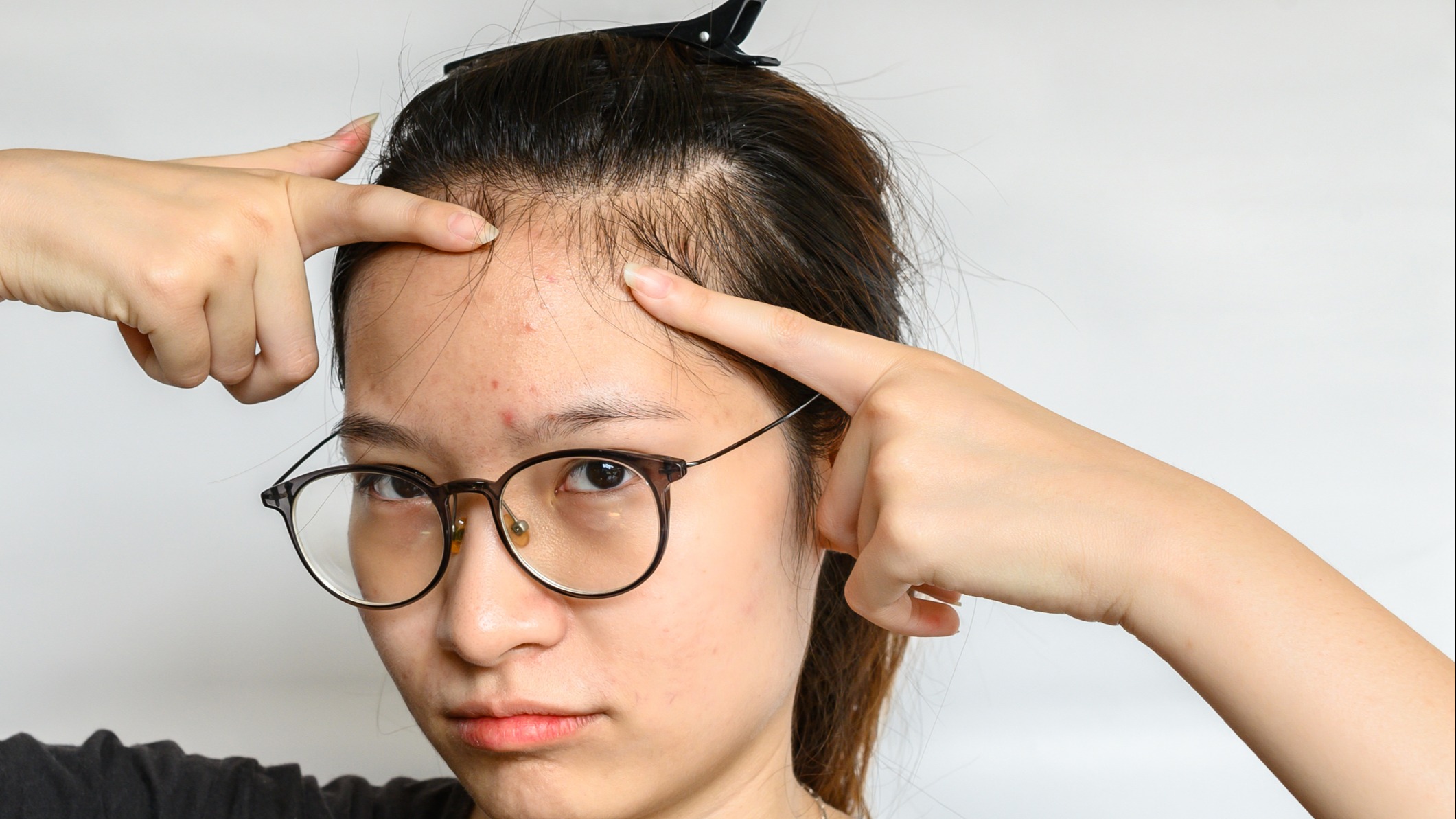
Think back to when you were a teenager for a moment. Even if it was just 10 to 15 years ago, the world looked a whole lot different during those years than it does now.
From a young age, social media has pretty much taken over and become a way of life for a lot of teens. Plus, with the ongoing stresses of this ever-changing world, even if you’re a young adult, it’s really no wonder that some teens find themselves not quite able to cope under such immense pressure.
Keeping all of those things in mind, sometimes teenagers can find themselves developing unhealthy habits as coping mechanisms for their daily stressors, and this is where certain disorders such as trichotillomania and dermatillomania come into play.
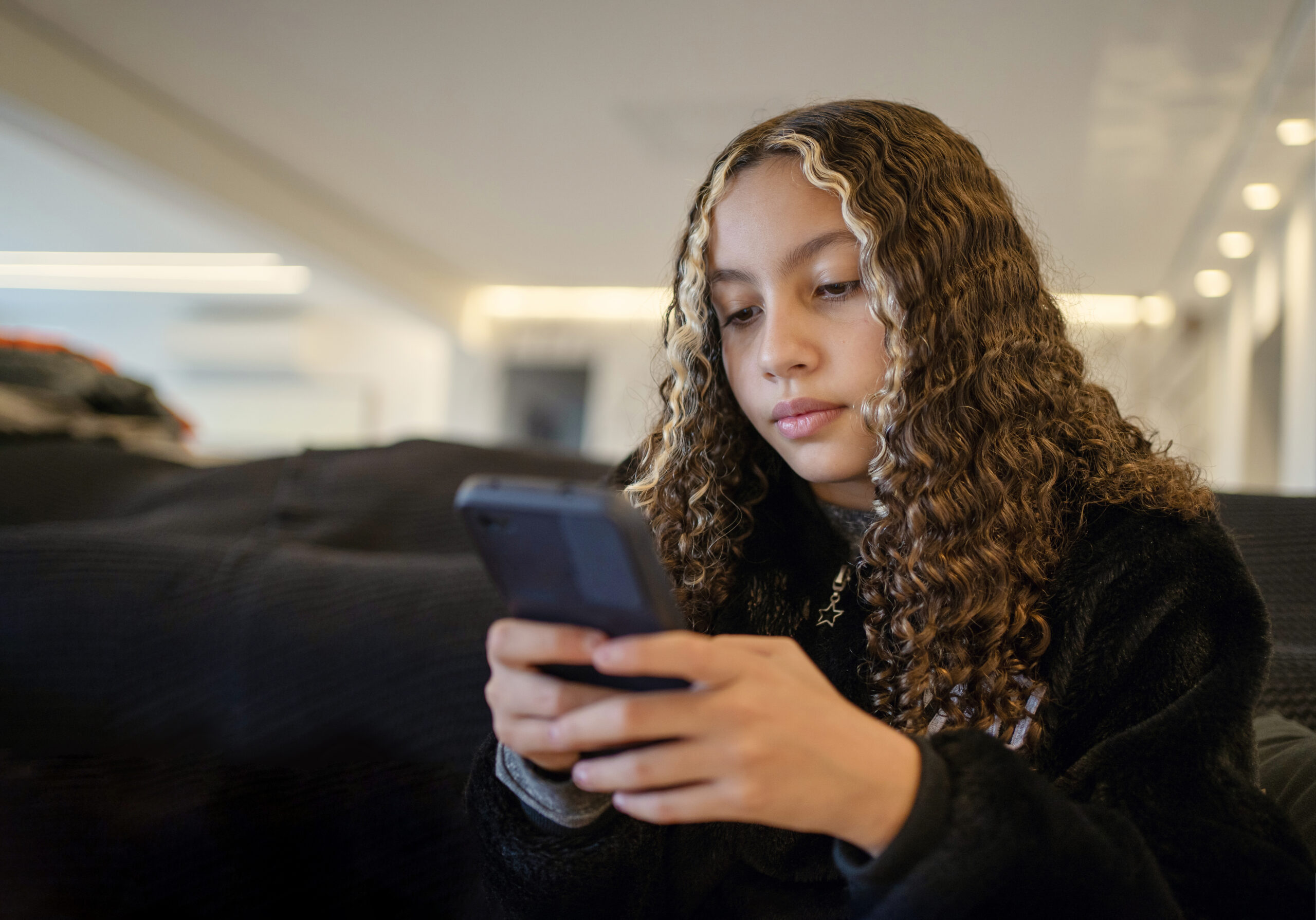
As The Cleveland Clinic notes, dermatillomania, also sometimes called excoriation disorder, is a “mental health condition where you compulsively pick at your skin.” The skin picking can occur anywhere on the body, but oftentimes individuals with this disorder choose to pick at their skin, sometimes until it bleeds and forms scars, in order to deal with stress.
Trichotillomania is described as a “hair-pulling disorder” connected to one’s mental health which “involves recurrent, irresistible urges to pull out hair from your scalp, eyebrows, and other areas of your body.”
Not only can these types of disorders cause irreversible damage and scarring to your teen’s body, but they’re often connected to an underlying mental health disorder that needs attention. So, let’s get into how you can actively help your teen deal with their skin-picking or hair-pulling disorder.
You can always start by having an open and honest discussion that’s filled with sensitivity and empathy where your teen feels safe to discuss their compulsive habits.
When you’re dealing with sensitive topics that need to be brought up with your teenager, it’s important to come from a nurturing place that acknowledges them as their own growing person while still establishing that you are there for them no matter what.
Child Mind Institute explains that when you’re broaching a sensitive topic that you’re unsure how to approach, simply sit back, listen, and allow your teen to do most of the talking. When your teen feels like you’re not harshly judging them or prying, it’s more likely that they’ll actually open up and share what’s been going on with them in terms of their compulsive disorder.
A conversation like this might get emotional, especially if they begin to open up about certain things related to their mental health that they’ve been holding in, and that’s perfectly OK. Simply take a few deep breaths and tell your teen that you are there for them and ready to get them some help so they can live their life to the fullest.
You can enroll them in specialized therapy with a trained expert to help them learn about their triggers and how to get their disorder under control.
Even though it may be as simple as one’s genes or hormone makeup, compulsive hair-pulling and skin-picking can be related to anxiety or even obsessive-compulsive disorder. Even though you might feel like it’s something you can help your teen handle on their own, it’s best to reach out to a medical professional for treatment and advice.
KidsHealth.org suggests that depending on what a mental health specialist thinks is an appropriate treatment for your teen’s compulsive disorder, they may suggest either habit-reversal training or cognitive behavioral therapy. Both of these types of therapy can help your teen learn how to reverse and “unlearn” their formed habits and ultimately break the cycle of both compulsive hair-pulling and skin-picking.
It’s important that both you and your teen venture into something like this fully acknowledging that compulsive habits that have been going on for months or even years will likely take some time and hard work to break. But if they put in that work, they can likely come out the other side a better person with healthy coping mechanisms.
You can talk to them about reducing their stress and how you can help implement daily or weekly routines that will help their mental health.
Suppose you pause to think about how you might deal with life’s pressures as an adult — perhaps having one too many glasses of wine or finding yourself spending three hours scrolling TikTok before bed. In that case, you might start to empathize with how your teenager may have found one of their coping mechanisms for stress in compulsive hair-pulling or skin-picking.
Paradigm Treatment notes that compulsive disorders like trichotillomania often stem from “a need to release stress” and are often developed during times of “significant distress” and form into a habit they cannot break without continuous outside help.
The organization suggests that you encourage and help your teen find a healthy way to release their anxieties that won’t cause harm to their body. Whether that’s taking up hiking or karate together or signing them up for a support group where they can talk about their disorder openly with other teens who are living with it, it can be incredibly beneficial to their disorder to help your teen cut down on the stress in their life while also learning healthier ways to deal with it.
You can help your teen look at their 'stimulus control' and engage in activities that will help keep their hands busy during times they’re feeling triggered.
If you stop and think about what some individuals do to help them stop chronically biting their nails — they always have fresh nail polish on or they cut them down really short so there’s nothing to chomp on — it’s likely related to putting something in motion to stop the habit in its tracks. This can also be referred to as stimulus control.
UC Davis Health defines stimulus control as “[blocking] the behavior” and it’s absolutely something fairly easy that you can help your teen practice as they’re trying to unlearn or reverse their compulsive hair-pulling or skin-picking.

More from LittleThings: How To Support Your Teen's Mental Health While They Are Just Starting Out In College
It suggests that when things get really tempting for your teen, you might suggest that if one of their compulsions is to pull out the hair from the back of their scalp, they wear a hat during those “high-risk times.” You can also help them find positive new habits and hobbies that can help keep their hands busy, such as knitting or painting miniature models.
Ask them about their experience and if they feel like the hair-pulling or skin-picking has anything to do with feeling shame about their looks.
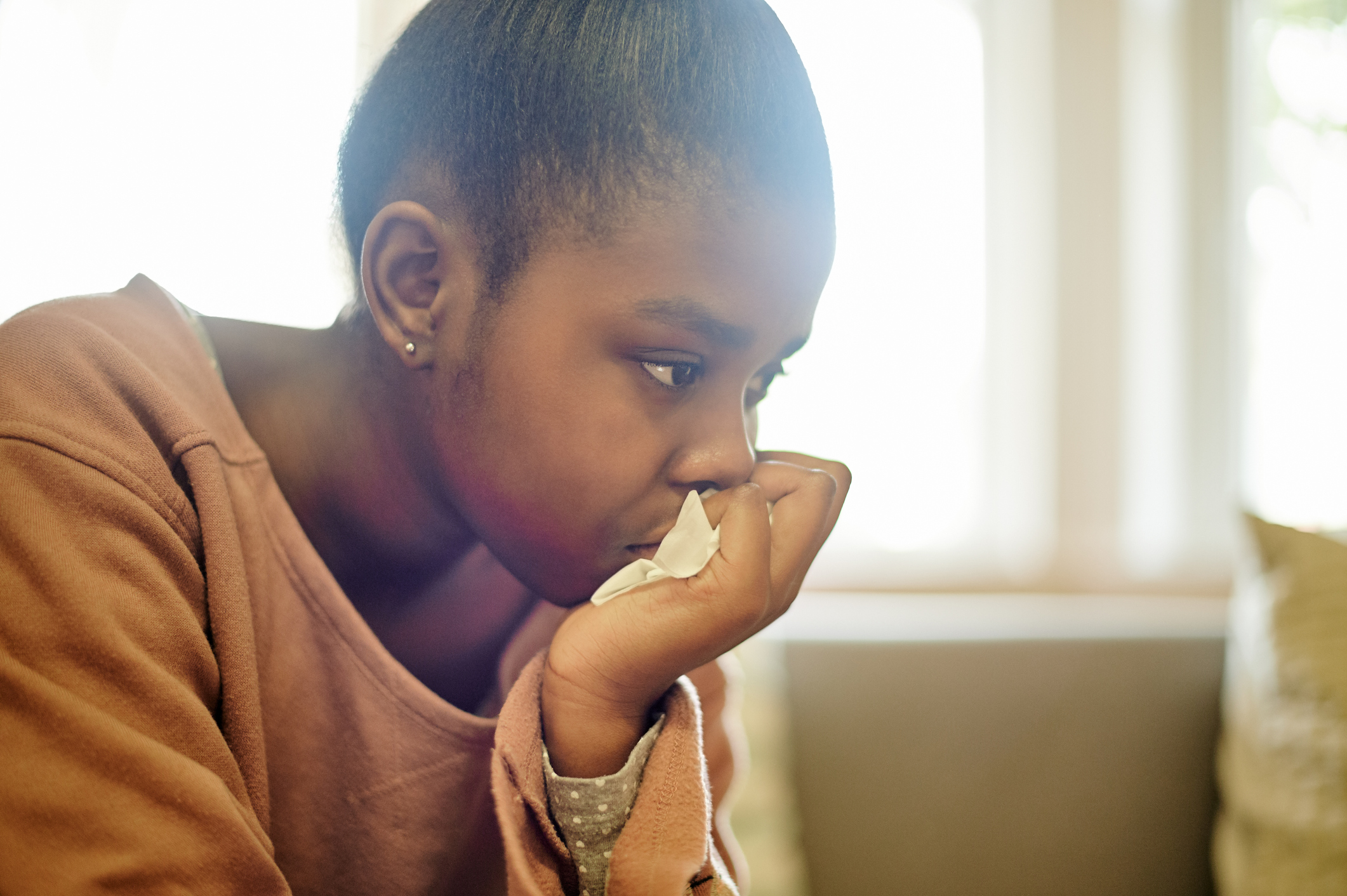
As you help your teen actively treat their skin-picking or hair-pulling disorder, it can be important and vital to their overall well-being to see you promote a healthy body image related to yourself and the outside world.
Psych Central notes there can often be a lot of shame that comes from both of these disorders, whether someone sees them taking part in the habit or one of the areas on their body where they’ve been pulling the hair or compulsively picking the skin is exposed. When there are these intense feelings of shame attached to their skin-picking or hair-pulling habit, it may also stem from a kind of “grooming disorder” wherein “they see their hair as an imperfection,” so they pull it out in order to achieve a sense of pride in grooming themselves.
A lot of the work that helps someone develop a healthy sense of self-esteem comes from within and through therapy, but as a parent, you can always lead by example. Encourage a healthy body image that’s connected to an active lifestyle and acknowledge that even the most beautiful people in the world are not perfect, but there is always a multitude of things to love and appreciate in someone.

